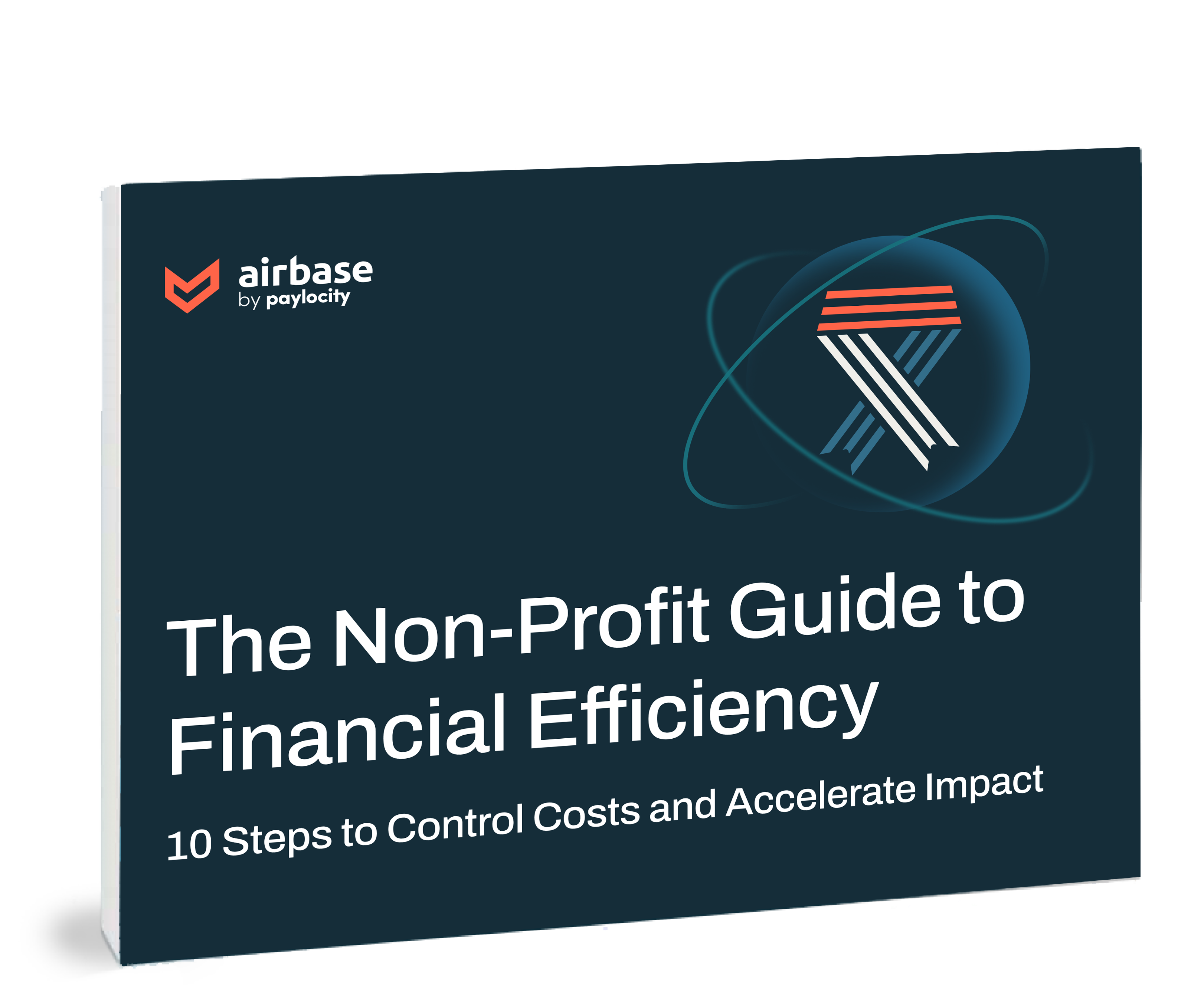Building Finance And Accounting Teams That Scale | Ebook
Challenges at each stage of company growth — from idea to IPO, and beyond.

What you will get:
- A description of the finance and accounting functions at different stages and the pain points encountered.
- Insights into what you might expect to experience if you follow the typical pattern for growth.
- Advice on how to shift practices to successfully scale.
What you’ll find in this ebook:
01 
Introduction.
Many companies focus on product development and go-to-market efforts in their early stages, while neglecting to implement scalable finance and accounting systems and practices. This neglect can lead to friction for the company as it grows. The good news is that it’s never too late to make the processes better with modern solutions.
02 
Startup (up to 50 people).
In the early startup phase, the founders themselves are often the ones focused on the financial needs of their company, and many even handle the books. Typically, and understandably, their focus is on runway instead of building efficient processes. However, modern tools allow for the flexibility to use what you need now and add functionality as you scale.
03 
Small early-stage company (50–100 people).
At this stage, most companies have hired professionals to take over the accounting and finance functions. Because of an increase in payment volumes, accounting teams may pull together a series of free point solutions to “get the job done.” A common pain point they’ll experience is a lack of visibility into spend.
04 
Growing mid-market company (100–300 people).
Companies of this size may hire a Director or VP of Finance. The Marketing team’s spend often balloons at this point, leaving the finance and accounting team to frantically track their spend after it’s already happened. The growing number of new employees lack clarity on expense policies. The finance tech stack is growing and demands reconciliations across systems.
05 
Larger mid-market company (300–500 people).
It is at this stage that companies tend to bring in a CFO and hire FP&A experts to lead their financial growth. They are growing in complexity and need software that allows them to automate bill payments, create advanced approval workflows, pull financial reports, and handle international subsidiaries. Worryingly, their financial tech stack continues to be haphazard, hampering their growth.
06 
Mid-market or early-enterprise company (500–3,000 people).
At this stage, many companies are considering what they need to do to become IPO-ready — which includes having three years of audited financials. The stakes are higher than ever, and changing out financial software is now an expensive and heavy lift. The company is faced with enterprise-level issues and complexities but is operating with inadequate tools.
07 
Conclusion.
Adopting scalable systems at a company’s founding, rather than ignoring the need for a solid finance and accounting infrastructure, sets it up for future success. Modern automation tools may seem unnecessary when volumes are low, but company growth has a multiplier impact on accounting teams, who must scramble to keep up. More important, the time not spent filling gaps in a bad foundation can be applied to more important analytical work — the type of strategic efforts that help companies grow even more.
 Jira Integration – Streamline Your Workflows
Jira Integration – Streamline Your Workflows  Ironclad Integration – Simplify Legal Operations
Ironclad Integration – Simplify Legal Operations  Asana
Asana 



